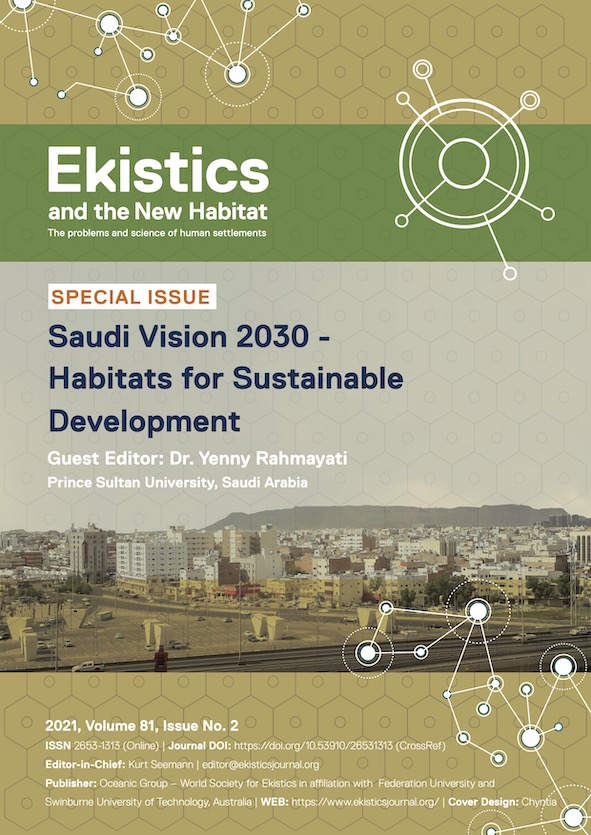Comparing the Sustainable Reuse of Historical Buildings
DOI:
https://doi.org/10.53910/26531313-E2021812540Keywords:
Heritage reuse, adaptive reuse, heritage safeguard, cultural values, national identityAbstract
The oil industry in Saudi Arabia and the wider Middle East has generated rapid urban growth and sparked a lively debate over the direction that such growth should take. While the construction of contemporary cities using innovative materials and technologies has been pursued, the need to preserve and maintain the nation's identity, rehabilitate national heritage, and establish new relationships with the local history and culture has also been recognised. This paper examines recently completed adaptive reuse projects and argues for the need to increasingly value local traditions and architecture. Based on data collected using mixed methods, and employing terms derived from reuse proposals, our analysis addresses each project’s environmental, socio- economic, and socio-cultural aspects. Sustainability was identified as one of projects’ common concerns. Broadly considered in terms of unity and harmony, the sustainability of the projects was further analysed in terms of the materials used, respect for the ecosystem, social aspects, and the required investments and costs related to the scale of interventions (urban-architectural). By presenting this assessment of the projects’ innovative practices and overall sustainability, this study aims to promote new solutions for the restoration of architectural heritage in Saudi Arabia and the wider Middle East.
Downloads
Published
How to Cite
Issue
Section
Categories
License
Copyright (c) 2022 Ekistics and The New Habitat

This work is licensed under a Creative Commons Attribution-NonCommercial-NoDerivatives 4.0 International License.
Please contact the Editor-in-Chief: editor@ekisticsjournal.org, should you have any questions on copyright for your submission.
This research journal is for Educational and Knowledge development purposes.
All material published on this site complies with our copyright and terms as described by the Attribution-NonCommercial-NoDerivaties 4.0 International (CC BY-NC-ND 4.0)






